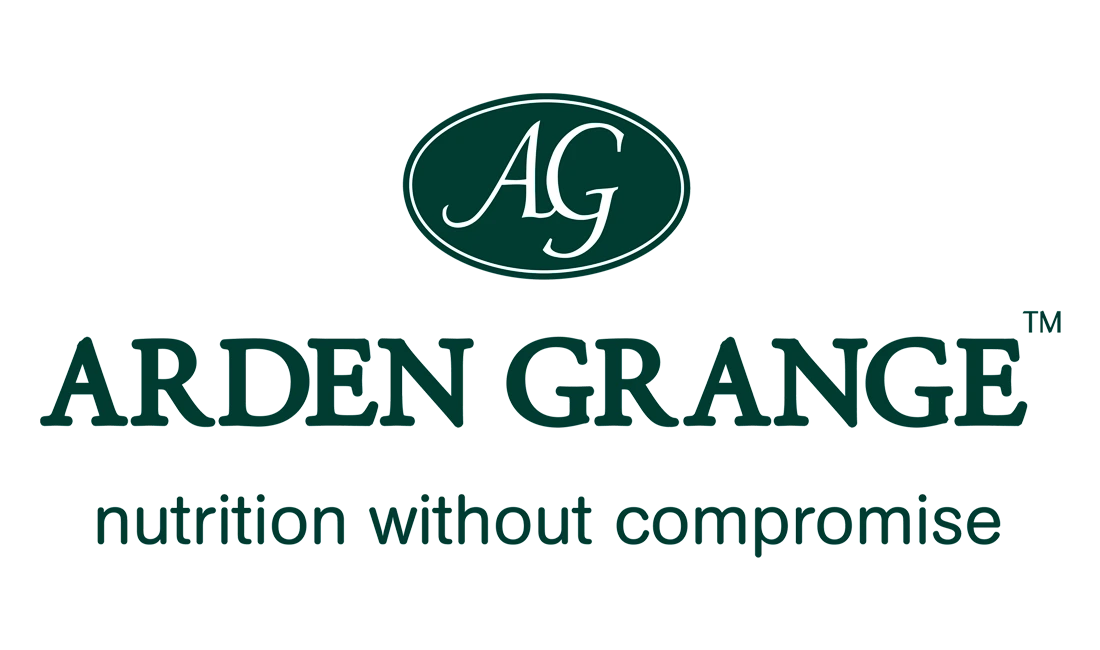Dog and puppy training 101: how to teach your pet some basic commands and tricks
Are you training your new puppy or just teaching your older dog some new skills? Whichever it is, proper training and socialisation is key for a dog to be a good member of society!
While training (whether it’s your first dog or you’re an old pro), can be extremely overwhelming, we’re here to help you get started. And if you’re training a new puppy, make sure to start the basics, such as sit, lie down, come, and ask to go to the toilet, right away… you’ll thank us later.
We all know puppies and adult dogs can get up to mischief so teaching them to sit can be very helpful.
- Show your pup you have a treat and allow a little sniff.
- Now lift your hand up and back, encouraging them to look up and follow your hand. The movement of them looking upwards like this causes a physical chain reaction - their rear end must go down.
- As soon as their bottom hits the ground, give verbal praise and the treat.
- If your pup's front legs come off the ground, your hand is probably too high. Concentrate on keeping the food near to their nose and lift your hand just an inch or two.
- Practise this a few times. Once your pup is following your hand and sitting reliably, you can add in the word “sit”, just before you lure them.
In a short time, you will have been taught a verbal request to sit, plus an effective hand signal. Now you can vary between sometimes using a food treat, and simply asking for a sit and rewarding afterwards.
 |
|
| TOP TIP: Practise getting your pup to
respond to the word ‘sit’ before they get anything enjoyable - dinner, having
the lead put on, being let out into the garden - it's their way of saying
please and thank you. |
This simple command will help them to feel calm and relaxed.
- Start by asking your pup to sit. Hold a treat between your finger and thumb and lower your hand, very slowly, down to the floor so that it rests just between your dog's front paws.
- Turn your palm down, with the food hidden inside your hand. This way, your pup will want to burrow his nose underneath, and he will turn their head sideways to nibble at it.
- Early indications of imminent success are the pup raising a paw to try and get the treat from your hand, the front end going down in a 'play-bow' position, and moving backwards slightly. All these things mean you just have to wait. Eventually, the back end flops down to the floor, too. At this instant, say “good' and put the treat onto the floor for your pup to eat.
- As soon as your dog has got the hang of this, you can give the command “down” just before you lure them into position.
- Once this is reliable, alternate between food and no food in your hand. Before you know it, your pup will be offering you the down position on a hand signal or voice command only! However, continue to give them rewards for their best efforts in order to maintain good behaviour.
 |
|
| TOP TIP: If your dog loses interest halfway
down, simply show them the food treat again and then slowly lower it to the
floor once more. Practise makes perfect! |
Teaching your dog to ‘come’ when called means that they will be able to have more freedom where it is safe to have off-lead exercise.
- Standing only a couple of steps away from your pup, call their name in a friendly voice and say ‘come’.
- Waggle a food lure in your outstretched hand and start moving backwards. If your dog shows no response, clap your hands or make silly noises until they look at you. Then, using the food as a lure, move backwards, just one or two paces.
- If your pup moves just one step towards you, say “good' then offer the reward straight away.
- Gradually increase the distance your dog has to come to get the food, making sure you praise them lots and give a delicious reward or a game with a toy for coming when you call.
- Now practise calling your pup to you at unusual moments in and around the house, then in the garden.
 |
|
| TOP TIP:
Build up your dog's
recall before practising in the park or woods where there are more
distractions. Here you can use a long line or extending lead if you are unsure
how your dog will respond. However, bear in mind that the more distractions
there are, the better your rewards and praise will have to be! |
Teaching your dog to ‘leave’ is a key skill, as it helps your dog to understand it’s ok to have something taken away.
- To start with, place a tasty treat in your hand and let your dog see it.
- Next close your fist around the treat, your dog may try and take it or lick your hand. Don’t give any response to them. They will soon lose interest.
- Wait patiently, without saying anything for your dog to back off.
- When your dog backs off, give your dog a treat from your treat pouch, or pocket. Not the one from your hand and praise.
- Repeat the steps.
- Once your dog is regularly leaving the treat in your hand alone you can add the command word ‘leave’. Say this in a gentle but stern tone as they begin to back away.
Teaching your dog to heel can add an element of control to your walks. It gives them some mental stimulation while showing them who is the leader of this pack… that’s right… the pet parent.
- Call your dog’s name and point to the side you’d like them to stand on.
- As soon as your dog comes up to you on the right side, praise and give a treat.
- Practise this a few times, until they start coming up to you naturally without hand gestures. Each time your dog willingly does this, give them a treat.
- Pretty soon you can begin to move, making sure to keep them on that marker as you do.
- As they get better at this start adding the command ‘watch me’ or ‘look’.
- Finally, if you want to advance this training you can begin to zig zag in an attempt to lose them from their marker.
 |
|
| TOP TIP:
Begin practicing inside
the house in a spacious room or up and down a hallway. Be sure to keep your
hand holding the treat beside you, near your dog’s marker, to avoid them
crossing in front of you. |
Allow plenty of opportunities to go outside to urinate/defecate, and don’t rush your pooch. Toileting puts dogs in a vulnerable position, so be patient and allow lots of sniffing time. Reward your pup when they perform with food, play or praise/affection depending on which is the greatest motivator. Different dogs have different preferences, but almost every dog finds the Arden Grange Tasty Pastes a perfect incentive.
- Your dog will need to go to the toilet after playing, after waking up, after any kind of excitement - such as the children coming home from school - and after meals. At these times, take your dog to the same place outside and wait with him or her - even in the rain!
- Gently repeating a word or phrase, such as "do your business," helps your dog to remember what they're there for.
- As soon as your dog starts to sniff/circle, offer some gentle encouragement.
- After toileting, give lots of praise and a special treat to reward them. If your pup doesn’t perform, bring them back inside and try again a little later.
- If you catch your dog about to go to the toilet in the house, say 'outside', then take them quickly to the garden to show them where you do want them to go - even if it's too late!
 |
|
| TOP TIP: Do not shout at or scold your pup
if they toilet indoors - even if you catch them in the act! Dogs that look
'guilty' show fear - and they can learn not to go to the toilet in your
presence as a result, or even start poo eating to “remove the evidence”. Dogs
are generally very clean creatures - but it's up to us to give them all the
right opportunities to get it right. |
While teaching your dog to give their paw is a fun party trick, it’s also extremely helpful if you need to clip their claws or check for any injuries.
- Start by getting your dog to sit.
- Hold your palm out, in line with your dog’s chest. Your dog might try to sniff or lick your hand but make sure to make them wait.
- Keep your hand open and wait for a different reaction. They will eventually start to lift their paw.
- As soon as your dog lifts their paw give them praise and a tasty treat. Remember as long as they lift their paw praise them, they don’t have to touch your hand.
- Repeat this several times.
- Now add a command phrase, ‘shake’ or ‘give me your paw’ each time you put your hand out to your dog.
- Repeat this several times a day until your dog is confidently providing their paw with the command phrase and hand gesture.
This is a fun trick for dogs of all ages to learn.
- Firstly, get your dog to lie down.
- Put their favourite treat near their nose, then slowly move it to the side of their head and then towards their shoulder to encourage them to move onto their side. Make sure to praise them the whole way.
- Once your dog is lying flat on their side, move the treat from their shoulder towards their backbone.
- Once they roll onto their back, continue to move the treat so they roll onto their other side.
- Now you can give them the treat and praise.
- Practise this a few times and then add the command, 'roll over'.
 |
|
| TOP TIP: Take your time, this trick can be
taught in stages. |
This is a more advanced trick that requires a good sense of balance and physical fitness, which is sure to keep them mentally stimulated.
- Hold a treat in your closed hand and let your dog have a sniff.
- Raise the treat above your dog’s head. Make sure they lift their chin upwards.
- Your dog should begin to stand on their hind legs to reach the treat.
- Give your dog the treat for standing up to try and reach it.
- Keep practicing this till your dog is confidently standing on their hide legs for the reward.
- Now it’s time to walk, move the treat above their head forward, and encourage them to come with it.
- When they’re confident at this, begin to move forward or backwards with the treat in the same position using the phrase, ‘walk’.
- Keep encouraging them to walk on their hind legs until your dog is confidently standing tall!.
What human doesn’t love to be spun around, so why not give your dog a little twist.
- Get your dog to stand in front of you and present a tasty treat in front of their nose.
- Slowly move the treat towards the side of your dog’s head so it must turn to follow the treat.
- Keep pulling the treat in a circle all the way around your dog’s body, so it will need to turn around to keep track of the tasty reward.
- When your dog has completed the full turn, say ‘yes’ and ‘good’, and give them the treat.
- Repeat this several times.
- Once your dog understands this, add the command word ‘spin’ before repeating the process.
- Make sure to practice this regularly and your dog will be spinning circles around you in no time!
If you need ideas for some tasty rewards, visit our delicious treats section in our web shop, where you’ll find our new range of training treats. Also, make sure to share with us all the amazing your pooch’s training journey on our socials.


 Puppy
Puppy
 Adult
Adult
 Senior
Senior
 Sensitive
Sensitive
 Treats
Treats Kitten
Kitten
 Adult
Adult
 Senior
Senior
 Trusted British Brand
Trusted British Brand

